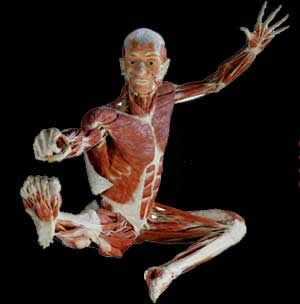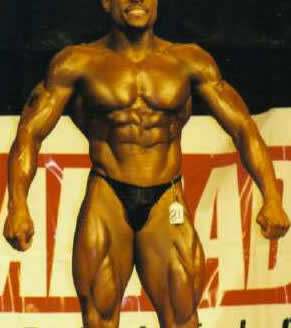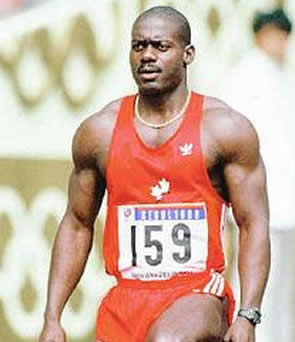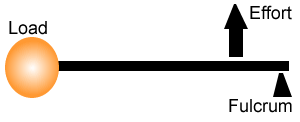Levers in the human body
The human body is an incredible machine. Its internal framework is a sturdy set of moving parts, known as the skeleton, controlled by the muscular system.
Muscles are attached to bone by a bundle of tough tissue known as a tendon. They control movement by contracting and relaxing, much like pistons control the movement of a car.



Nature has provided each individual with a solid framework made of one of the most simplest of machines, the lever.This framework is aimed at protecting vital organs, maintaining the body's shape and facilitating movement. Bones rotate around joints and are attached to muscles. They form perfect lever systems designed, mostly, not for mechanical advantage but for maximising movement.

Let's take a look at the forearm. You will see it is a perfect lever. What type of lever is formed?
Now, from what you know about levers, is this type of lever designed for mechanical advantage? Clearly not. The muscle, or effort, is attached closer to the fulcrum than the load. At first glance one would think that nature got this particular lever all wrong. But its not force that nature is trying to multiply but distance. A small contraction by the muscle produces a large movement of the bone at the other end.


